Colmanstown Castle
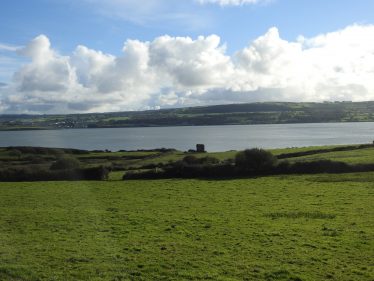
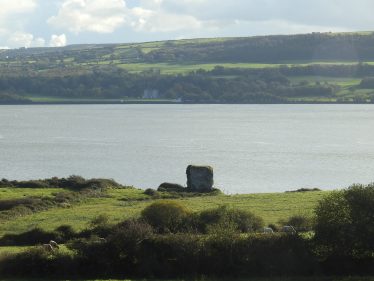
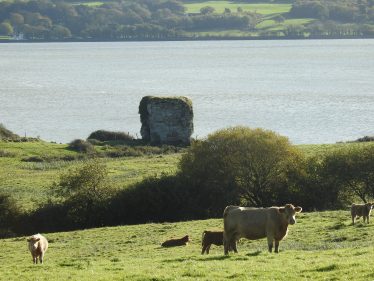
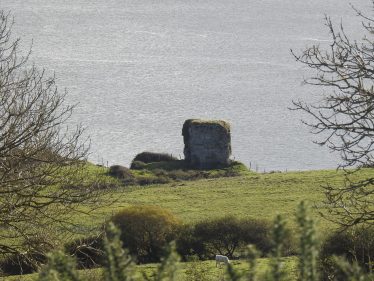
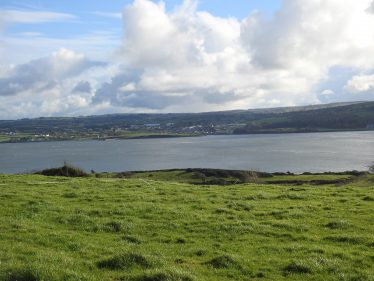
End of Loop Head Military Way.
This is the point where the Loop Head Military Way ends as the river winds out of the Estuary.Right opposite Colemanstown Castle on the other side of the river in County Limerick lies Glin Castle. It ends here as the wide expanse of the estuary now narrows into a proper river heading on up to Foynes and Limerick.
The Military Way began at the other side of the West Clare Peninsula at Doonbeg Castle going all along the northern coast to Loop Head Lighthouse and then east up the Shannon Estuary coastline.This long windy coastline has some awesome cliffs and geology to amazing remnants of our past waves of migration from the early Celts, the Vikings and Normans to be followed by the Dutch and Anglo Norman. Every period of Irish turmoil ,invasion and war has places on this coastal route. Now we reside in a place with a rich mix of genetic material from many sources blessed that we have retained and preserved enough of our past to appreciate and enjoy
Colemanstown Castle.
Around three miles to the west of of the village of Labasheeda is the townland of Colemanstown .It lies adjacent to the river Shannon .Ovelooking the river is the ruins of the old castle .This is known locally as Colemanstown Castle.
It belonged to the Mac Mahons of Clonderlaw .One of the clan lived here , he had a small troop of soldiers under his command and he ruled over the peninsula called Rinn which is made up of six or seven townlands. This castle is similarly built to the other McMahon castles but in this case there are no moats round it. A low bank surrounded it and locally it was thought that that this bank was planted with stout stakes.
Dastardly Deed at Colemanstown Castle.
There is a story current in the neighbourhood that on one occasion a very dastardly deed was enacted behind the walls of this old castle.It happened that some French ships took refuge in the harbour near Tarbert.They evidently were engaged in smuggling wines and tobacco in the country. Mac Mahon the chief seemed to be on intimate terms with them and on a particular occasion he invited the officers of the ships to come and dine with him.
The feast was prepared in the main hall of the Castle.According to a tradition it was a great occasion.All kinds of eatables were placed on the table.After the meal the wine was served round.They all drank to their hearts content .Soon an argument arose and very quickly the tempers broke out.The officers were now faced by a wild and treacherous lot.Swords were drawn and Mc Mahon’s men slew the foreigners at the table .Their bodies were afterwards dragged out and buried in an open space at the back of the castle. Later McMahon and his men embarked in their boats, and crossed the Shannon to where the French boats were anchored. They immediately went on board, and took charge. The crew were taken prisoners. The goods and spirits aboard were confiscated. The ships were brought ashore on the Clare side and after some time they were burned.




Comments about this page
Wow. My grandfather arrived in America in 1910 and was involved in bootlegging. His name was Martin Callanan (Callinan in Ireland) his mother was Cate McMahon and he was from Colmanstown. He lived in NJ with the McMahons.
Add a comment about this page